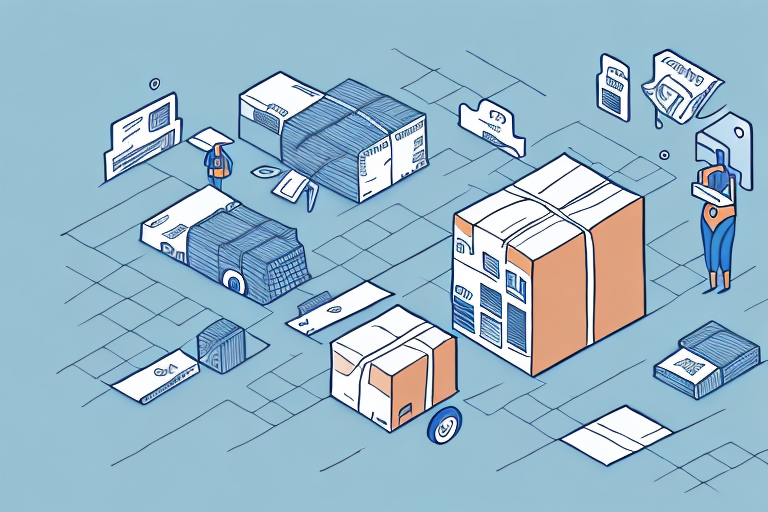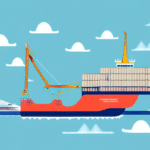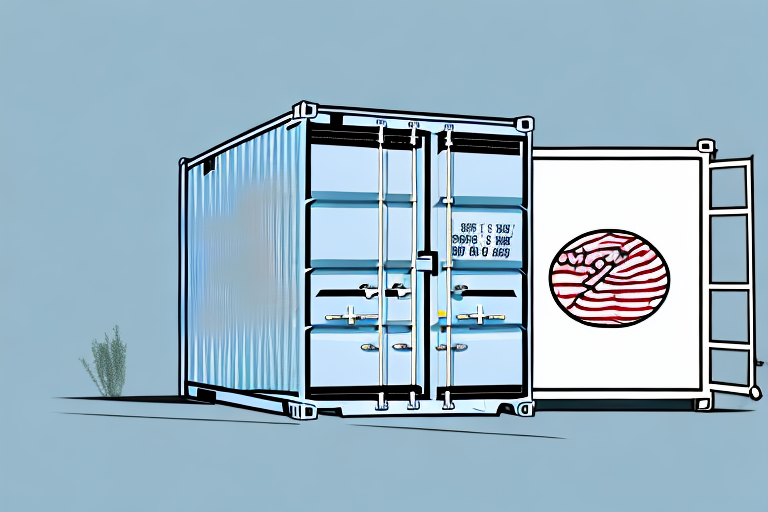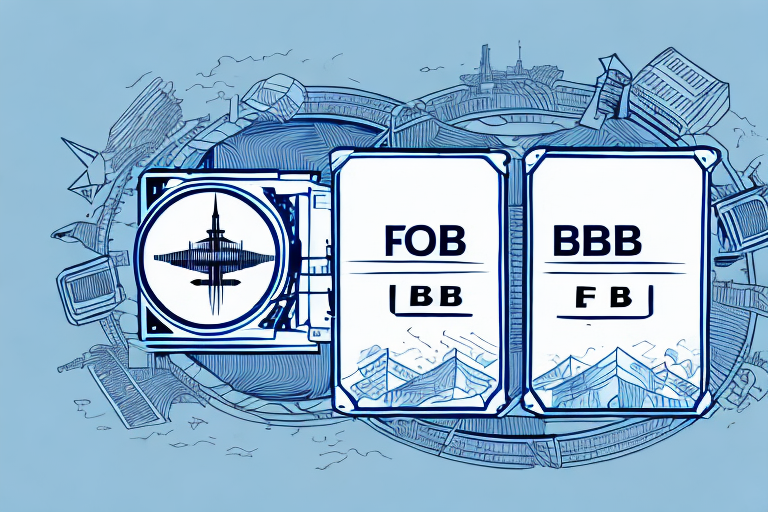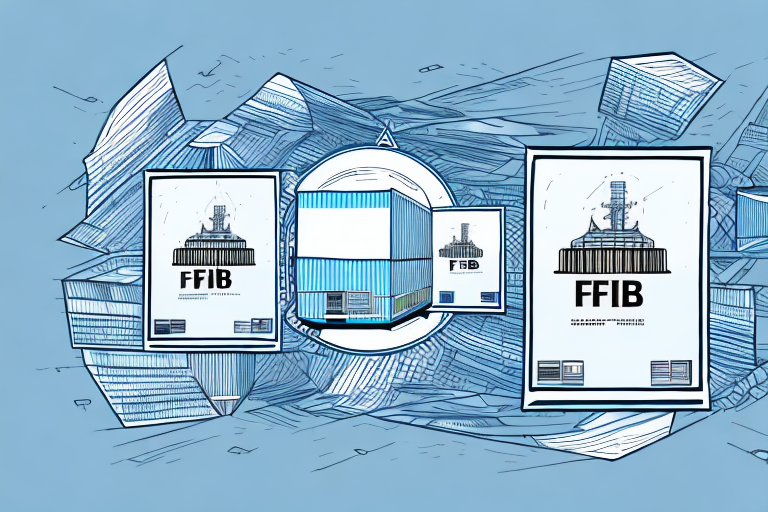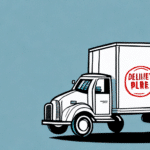Understanding the Difference Between FOB Shipping Point and FOB Destination
If you’re involved in the world of freight shipping, you may have heard the terms FOB Shipping Point and FOB Destination thrown around. But what do they actually mean? In this article, we’ll dive into the details of each, exploring their pros and cons, legal requirements, negotiation tips, best practices, and more. By the end, you’ll have a comprehensive understanding of the difference between FOB Shipping Point and FOB Destination and how to choose the right option for your freight needs.
What is FOB Shipping Point?
FOB stands for “Free on Board” and denotes the point at which ownership of goods is transferred from the shipper to the buyer. FOB Shipping Point, also known as FOB Origin, means that the buyer takes ownership of the goods as soon as they leave the seller’s warehouse or factory. At this point, the buyer assumes all risks and costs associated with transportation, such as damage, loss, or delay.
It is important to note that FOB Shipping Point is different from FOB Destination. With FOB Destination, the seller retains ownership of the goods until they are delivered to the buyer’s specified location. This means that the seller is responsible for any damages or losses that occur during transportation.
FOB Shipping Point is commonly used in international trade, where goods are transported across long distances. It allows the buyer to have more control over the transportation process and choose their preferred carrier and shipping method. However, it also means that the buyer bears the risk of any issues that may arise during transportation, such as customs delays or damage to the goods.
What is FOB Destination?
FOB Destination means that the seller retains ownership of the goods until they reach the buyer’s destination. The seller is responsible for all costs and risks associated with transportation, such as freight charges, insurance, and liability. Once the goods arrive at the buyer’s destination, ownership and responsibility transfer to the buyer.
It is important to note that FOB Destination is often preferred by buyers, as it places the responsibility of the goods on the seller until they reach their final destination. This can provide added security and peace of mind for the buyer, as they are not responsible for any damages or losses that may occur during transportation. However, FOB Destination can also result in higher costs for the seller, as they are responsible for all transportation expenses. Ultimately, the choice between FOB Origin and FOB Destination will depend on the specific needs and preferences of both the buyer and seller.
How Does FOB Shipping Point Work?
FOB Shipping Point is a contractual agreement between a buyer and a seller. In this arrangement, the seller is responsible for loading the goods onto the carrier and arranging for transportation. The buyer assumes responsibility for the goods once they leave the seller’s warehouse or factory. If the goods are damaged or lost in transit, the buyer must file a claim with the carrier or their insurance company. The seller receives payment for the goods as soon as they are loaded onto the carrier.
One important thing to note about FOB Shipping Point is that it is different from FOB Destination. With FOB Destination, the seller is responsible for the goods until they reach the buyer’s location. This means that if the goods are damaged or lost during transit, the seller is responsible for filing a claim with the carrier or their insurance company.
Another factor to consider with FOB Shipping Point is the issue of ownership. Once the goods are loaded onto the carrier, ownership transfers from the seller to the buyer. This means that the buyer is responsible for any costs associated with the goods, such as customs fees or taxes, once they arrive at their destination.
How Does FOB Destination Work?
FOB Destination is also a contractual agreement between a buyer and a seller. In this case, the seller is responsible for loading the goods onto the carrier and arranging for transportation. The seller also assumes responsibility for the goods during transit, including liability for any damage, loss, or delay. If the goods are damaged or lost in transit, the seller must file a claim with the carrier or their insurance company. The buyer receives ownership of the goods once they arrive at their destination and may inspect them before accepting them.
One advantage of using FOB Destination is that the buyer has more control over the shipping process. Since the seller is responsible for arranging transportation, the buyer can choose the carrier and shipping method that best suits their needs. Additionally, the buyer can track the shipment and communicate directly with the carrier if any issues arise during transit.
However, FOB Destination can also be more expensive for the seller, as they are responsible for all transportation costs and any potential damages or losses during transit. This may result in higher prices for the buyer, as the seller may need to factor in these additional costs when setting their prices.
Pros and Cons of FOB Shipping Point
One of the main benefits of FOB Shipping Point is that the buyer has more control over the transportation process. They can choose their carrier and negotiate their own shipping rates, which can lead to more cost savings. However, the buyer also assumes all responsibility for the goods during transportation, which can be a significant risk if the goods are expensive or fragile. Additionally, FOB Shipping Point may not be feasible if the buyer is located far from the seller, as transportation costs can quickly add up.
Another disadvantage of FOB Shipping Point is that the seller may not be as motivated to ensure the goods are properly packaged and loaded onto the carrier, as their responsibility ends once the goods leave their facility. This can result in damaged or lost goods during transportation, which can lead to additional costs and delays for the buyer. It is important for the buyer to have a clear understanding of the seller’s packaging and loading procedures, and to communicate any specific requirements or concerns.
Pros and Cons of FOB Destination
One of the primary advantages of FOB Destination is that the seller assumes more responsibility for the goods during transportation. This can be particularly beneficial if the goods are fragile or expensive, as the seller is typically more experienced in handling and transporting them. However, the seller also has less control over the transportation process and may be subject to higher shipping rates. Additionally, FOB Destination may not be possible if the seller is located far from the buyer or if the buyer requires expedited shipping.
Benefits of Using FOB Shipping Point
FOB Shipping Point can be a good option for buyers who want more control over the transportation process or who are located closer to the seller. This option can allow buyers to negotiate lower shipping rates and may be more cost-effective in the long run. Additionally, FOB Shipping Point can be more flexible, as buyers can choose their carriers and shipping methods.
Benefits of Using FOB Destination
FOB Destination is a good option for sellers who are experienced in handling and transporting goods or who have more resources to invest in transportation. With this option, the seller assumes more risk and responsibility, which can provide buyers with peace of mind. Additionally, FOB Destination can be a good option if the buyer is located far from the seller or if the goods are fragile and require special handling.
When to Use FOB Shipping Point
FOB Shipping Point may be a good option if the buyer wants more control over the transportation process or if they are located closer to the seller. This option can be more cost-effective for buyers in the long run and may provide more flexibility in terms of choosing carriers and shipping methods.
When to Use FOB Destination
FOB Destination may be a good option if the seller is experienced in transporting goods or if the goods are fragile and require special handling. This option can provide buyers with peace of mind, as the seller assumes more risk and responsibility during transportation. Additionally, FOB Destination may be a good option if the buyer is located far from the seller or if they require expedited shipping.
Common Misconceptions About FOB Shipping Point and FOB Destination
One common misconception is that FOB Destination is always more expensive than FOB Shipping Point. However, the actual cost depends on a variety of factors, including the distance between the buyer and seller, the cost of transportation, and the value of the goods being shipped. Additionally, some buyers may assume that FOB Shipping Point is always the better option because it provides more control over the transportation process, but it may not be feasible for every situation.
How to Choose Between FOB Shipping Point and FOB Destination
Choosing between FOB Shipping Point and FOB Destination depends on a variety of factors, including the value and fragility of the goods, the distance between the buyer and seller, and the transportation needs of the buyer. It is important for buyers and sellers to carefully consider each option and to communicate openly about their needs and expectations.
Legal Requirements for Using FOB Shipping Point and FOB Destination
When using FOB Shipping Point or FOB Destination, it is important to comply with all legal requirements and regulations. Buyers and sellers should consult with legal experts and ensure that their contracts are legally enforceable.
How to Negotiate Terms for Freight Delivery with Carriers
When negotiating freight delivery terms with carriers, it is important to understand the costs and risks associated with each option. Buyers and sellers should be prepared to negotiate rates, transit times, and liability provisions to ensure that their needs are met.
Understanding the Impact of Incoterms on Freight Delivery
Incoterms are standardized terms used in international commerce to define the responsibilities of buyers and sellers in shipping transactions. Understanding the impact of Incoterms on freight delivery can help buyers and sellers choose the right option and negotiate better contracts.
Best Practices for Managing Freight Delivery with FOB Shipping Point and FOB Destination
Managing freight delivery with FOB Shipping Point and FOB Destination requires careful planning and attention to detail. Best practices include properly packaging the goods, selecting qualified carriers, and communicating openly with buyers or sellers throughout the transportation process.
Tips for Reducing Freight Costs with FOB Shipping Point and FOB Destination
Reducing freight costs with FOB Shipping Point and FOB Destination requires a strategic approach to transportation. Tips include negotiating rates with carriers, consolidating shipments, and using freight payment solutions to streamline the process.
By understanding the difference between FOB Shipping Point and FOB Destination, as well as their pros and cons, legal requirements, negotiation tips, and best practices, buyers and sellers can make informed decisions about their freight transportation needs. Whether choosing FOB Shipping Point or FOB Destination, careful planning, communication, and attention to detail are key to successful freight delivery.















